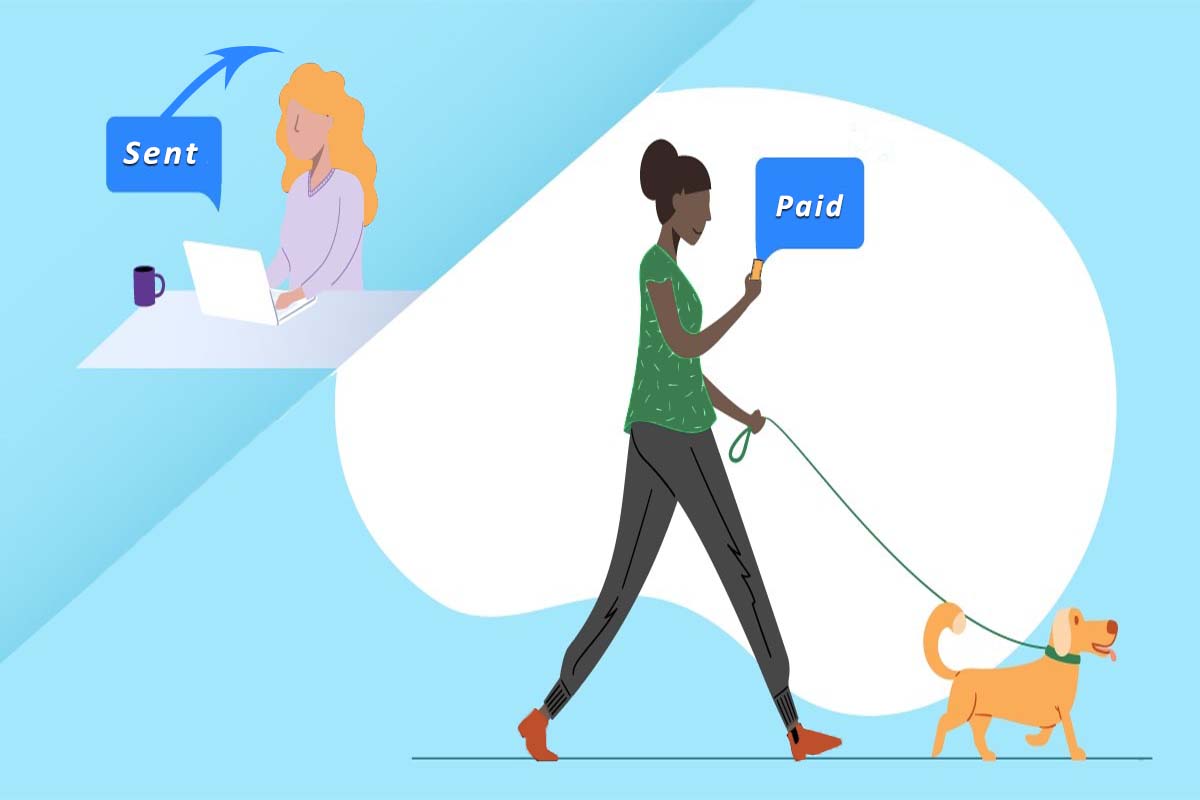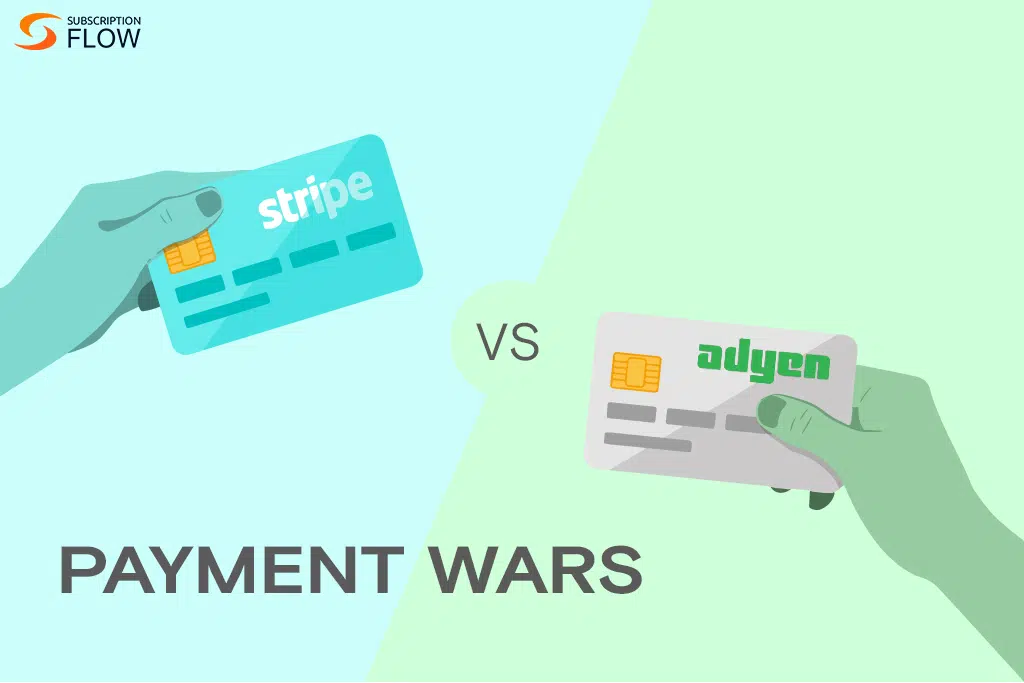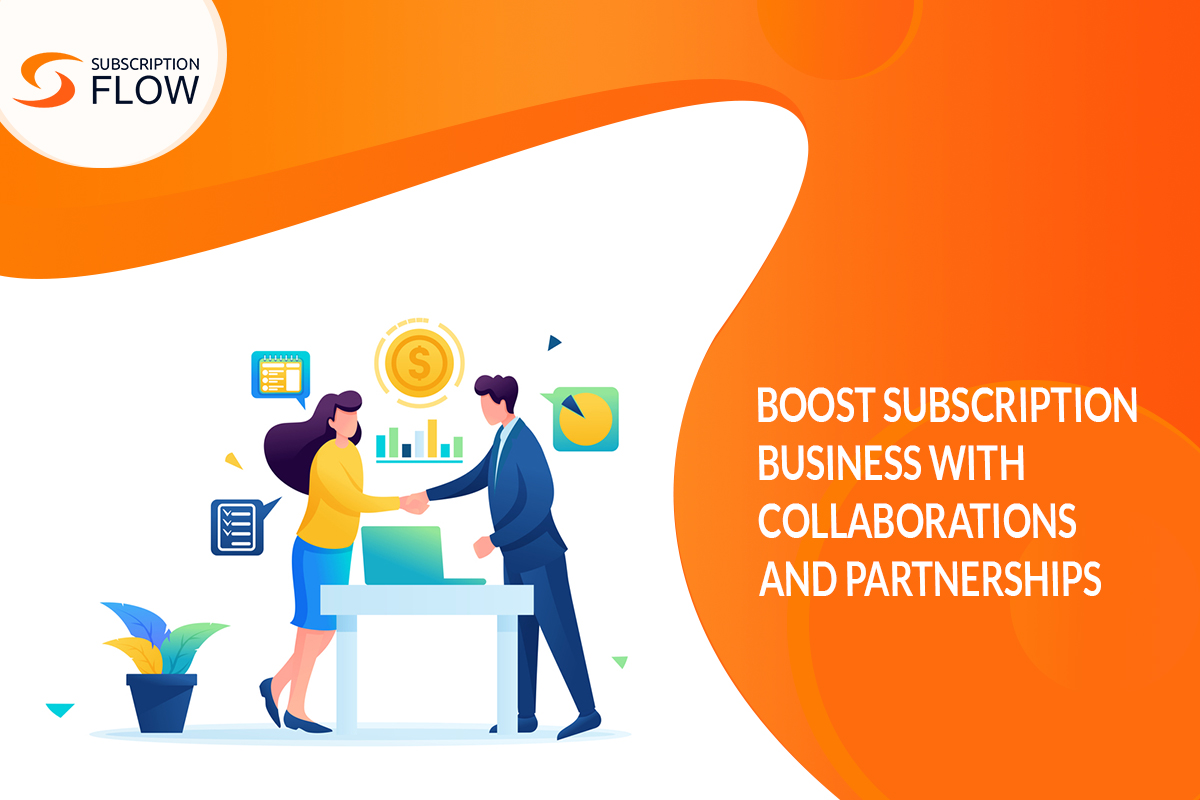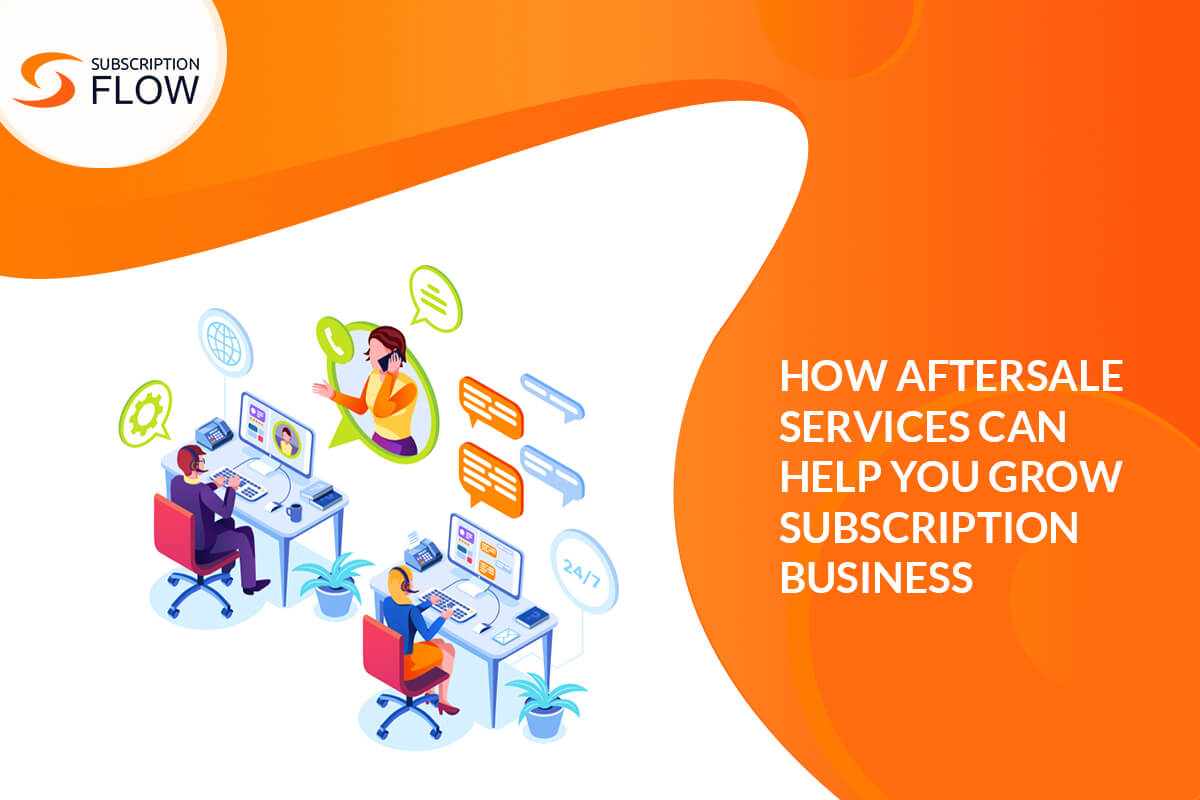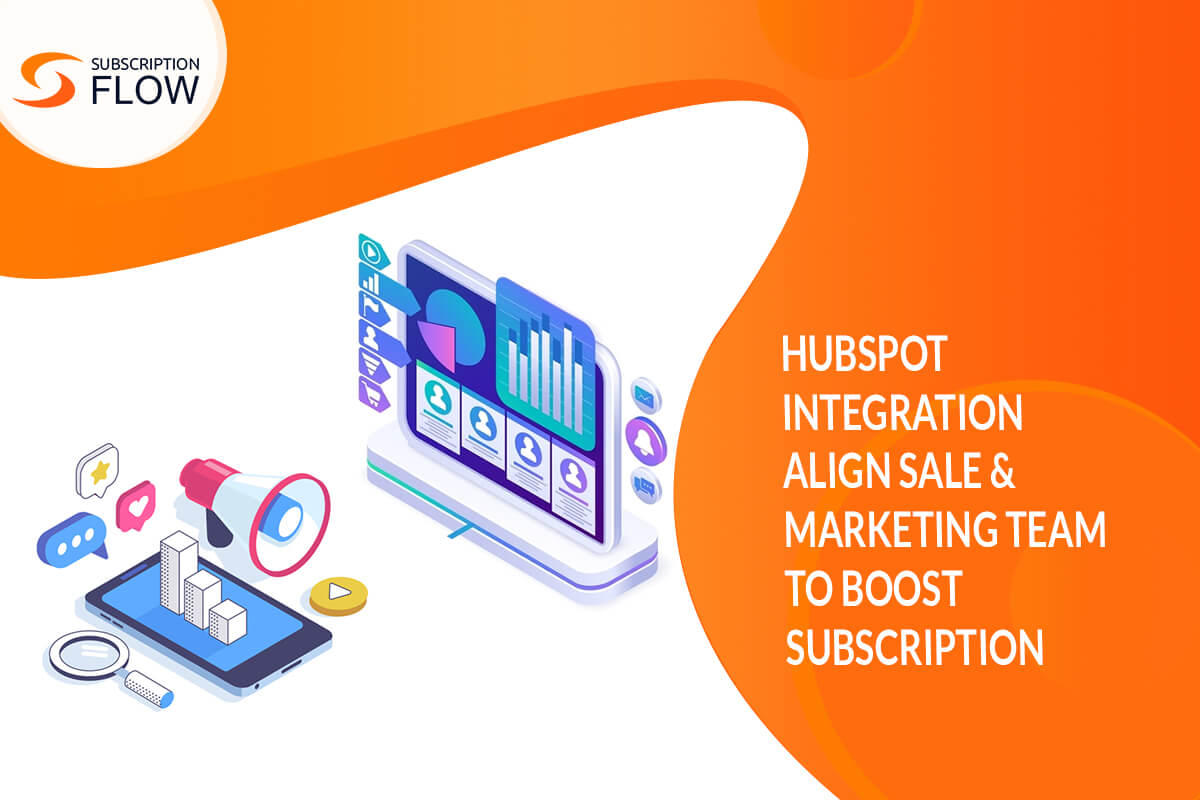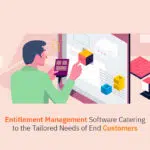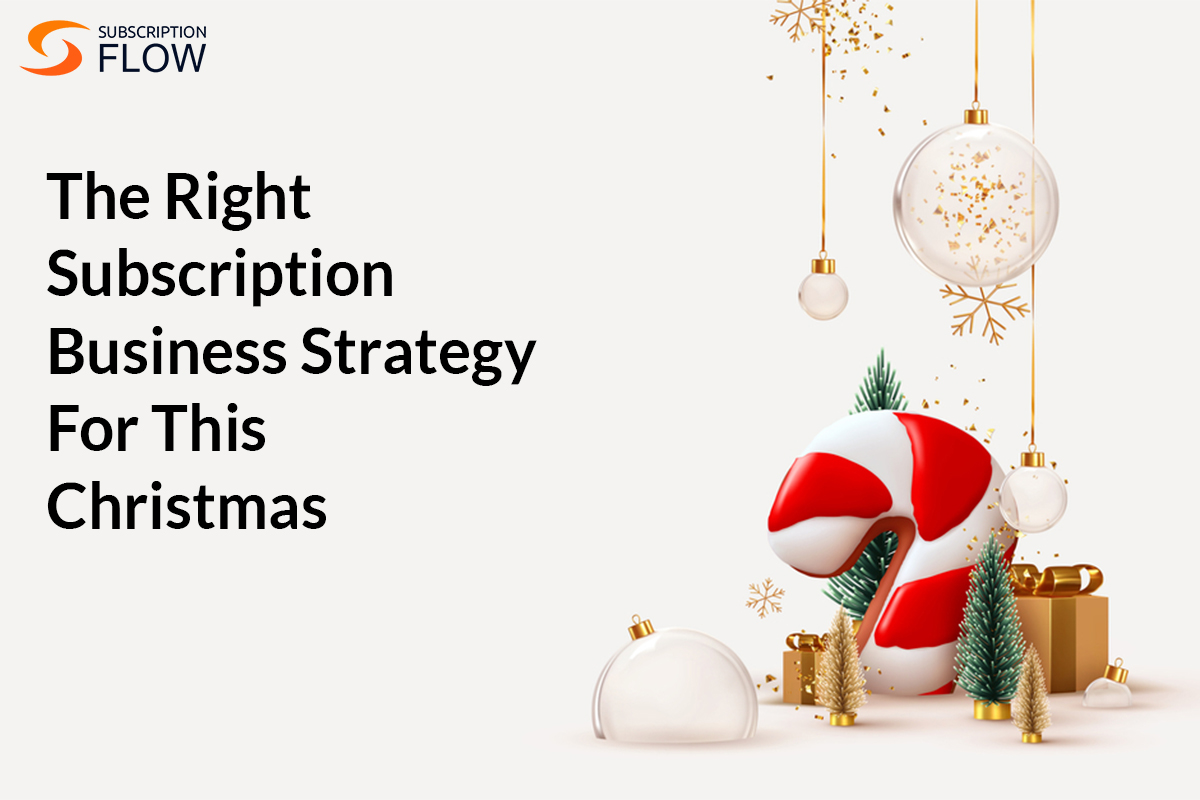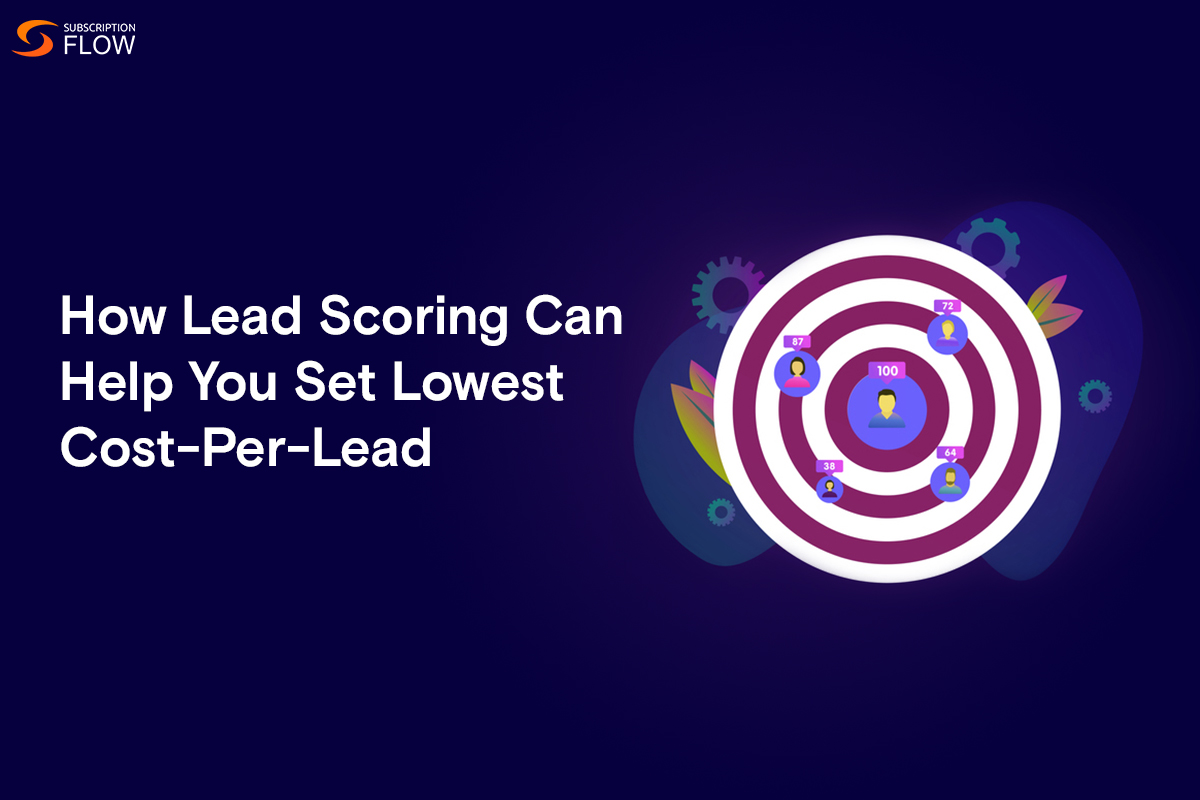
Revise Your Subscription Business Lead Scoring Criteria to Perform Better In 2022
Regardless of the niche and industry of your business, your marketing strategies require careful analysis, especially when your goal is to reach out to new customers and clients to maximize your revenue.
Although product-selling businesses might find it easier to grab the attention of a customer looking for a particular product once, enterprises based on the recurring billing model need to gain the trust of their clients in a process that is referred to as the Buyer’s Journey.
If you’re running a product-based or SaaS-based business with a recurring billing model, here’s why you should revise your lead scoring criteria to perform better in 2022.
Also Read: Lead Qualification Criteria For SaaS Subscription Businesses
Why Revise Lead Scoring Criteria?
Importance of Lead Scoring for Subscription Businesses
As per NuGrowth Solutions, “68% of highly effective and efficient marketers deemed lead scoring as the top revenue contributor.”
Similarly, Gartner’s study on the matter revealed that 70% of leads are lost from poor follow-up. What makes a follow-up poor can be the manner, time or even the platform on which you’re reaching out to your potential customer. This is something modern SaaS billing systems help you avoid by providing you with timely reports with detailed events highlighting changes in the buyer’s behaviours.
As a marketer or a manager, you’re probably wondering how lead scoring, in particular, can benefit your business. Most SaaS-based companies invest a significant amount of their budget on marketing and this is even truer for subscription-based companies that target to maximise MRR and ARR.
And it’s no secret that a lot of the money spent on marketing is wasted on filtering through leads that yield probable clients that amount to 1-2% of the total data extracted. It’s critical for businesses to collect this data and figure out ways to sort it and find potential leads—a process that is known as lead qualification, which entails lead scoring.
So, in a nutshell, here are the reasons why you should review lead scoring criteria now:
- To invigorate marketing campaign
- To Minimise Cost Per Lead or Customer Acquisition Cost
- Reduced Time Spent on Filtering and Outreach
- Increased Sales Efficiency
- Increased Revenue
Also Read: Subscription Software And The Scope Of Recurring Billing Management
Relevance of Lead Scoring to Lead Qualification in the Sales Funnel
The conventional marketing sales funnel entails phases or stages of the buying process:
- Prospect / Awareness
- Lead Qualification / Evaluating Interest
- MQL (marketing qualified) / Conversion or Consideration
- SQL (sales qualified) / Purchase Intent and Product or Pricing Evaluation
- Sale / Purchase
As we can see, as soon as we launch awareness campaigns to promote our business, we are liable to get customer engagement in the form of visits, thereby implying an increase in interest for your brand.
As you’ll find below, you can choose to start scoring your leads even at this stage if you think your organic marketing endeavours will work to bring you substantial leads. Working with organic data such as site visits, frequency, conversion and bounce rates, etc. is known as Website Visitor Scoring.
Similar to the above, there are many different lead scoring models that aim to target buyers at various stages of their buying process. Just like the above-mentioned model, you can also go with relevance and activity to refine your search for leads by targeting leads according to their relevance to your product and their recent activity showing their interest in your product/service. This is known as the Relevance and Activity model.
There are many other models with some of them explained in detail below. However, what works for your business will be determined by looking at your business niche and your buyer persona.
Also Read: The Definitive Guide to Improving Customer Retention for Your Business
Factors to Consider While Setting Lead Scoring Criteria
Sales Data for Lead Scoring
The first thing that you need to look at when deciding on lead scoring criteria is your sales data. There’s nothing more useful than the data you collect through your marketing campaigns, regardless of how ineffective and useless they might seem.
For example, the news agency saw that 25% of their subscribers initially signed up for their newsletters, making it plausible for newcomers who’re signing up for newsletters to be potential future subscribers. Your sales data can also help you define the buyer persona.
Lead Scoring Based On Engagement
1. Frequency or Number of Visits
This is the number of times a potential buyer has visited your website. Note that the frequency of visits can help you distinguish between audiences that looked at your product but never come back and audiences that developed an interest enough to come back and look again.
2. Session Time
Average session times of each potential buyer’s visit can tell you a lot about their probability of becoming a buyer. If a visitor is frequently visiting but not browsing through, there are chances that they might not convert soon. However, if they spend time on your product pages, read a blog, sign up for the newsletter or even look at the About Us page, this could prove they’re developing an interest.
3. Bounce Rate and Exit Rate
Bounce rates and exit rates are different and not to be confused with each other. Your bounce rate is the percentage of pageviews that ended up being the only one for the whole session. Whereas, the exit rate is the percentage of pageviews that were the last in the session.
4. Conversion Rate
The number of people who actually make a transaction divided by the number of people visiting your site will determine your conversion rate. While it’s every company’s goal to have the highest conversion rate possible, none can get this rate to increase without working with the low values and figuring out ways to convert more audiences using more efficient marketing techniques.
A Lead Qualification Guide for SaaS Businesses
Certain B2B SaaS companies looked at their buyers’ behaviours before making a purchase and designed a buyer’s journey that looked something like this:
- Recognition: Awareness metrics like frequency and average session time of visits.
- Evaluation: Customers browse through introductory landing pages and develop product knowledge
- Sample: Customers look at trials, reviews or download demos
- Integration: Customers look at the product’s capability to go with their specific APIs and software
- Testing: Customers sign up for trials or call to get a quote
- Deployment: Customers read up on deployment documents and integration guides explaining how the software will work for them
Although even this isn’t a concrete representation of what a buyer’s journey looks like, this model certainly helped SaaS-based companies to understand the distinction as well as the differences between each stage, making it obvious for marketing and sales teams to decide at which stage they should reach out to a potential customer and with what.
If you reach out at the wrong time with the perfect message, you’re not going to land the sale as the potential buyer’s interest has probably shifted. Similarly, if you’re reaching at the right time and stage but don’t have the right message, e.g. showing someone discounts available for standard packages when they’ve shown interest in enterprise packages, you’re going to lose the lead.
Also Read: Subscription Retention Begins With Customer Experience Elevation—Predictions and Actions for 2021
Common Lead Scoring Models
Website Visitor Scoring
This is the lead scoring model most used by E-commerce businesses that hope to work with organic leads. The way this works is that your SaaS billing software, or marketing experts if you don’t have the former, will work to filter buyers from audiences by observing their behaviour and monitoring crucial changes that distinguish them from the rest of the visitors.
For example, someone browsing your store without engaging with anything else is not going to be a better lead than someone who’s added a few products to their cart page. Someone going through your terms and conditions or looking at possible delivery options is still more likely to be a potential customer than random visitors.
However, someone who keeps browsing products for consecutive days and has now decided to sign up or is looking for possible coupons and discounts is obviously the hottest lead you can reach out to with a personalized email offering a coupon code.
That is how website visitor scoring works. You look at the possible actions a buyer is likely to make on your website and you rate them according to the likelihood of the visitor actually making a purchase with reference to your past sales data. An example of this lead scoring model would be:
- A recurring visitor – 10 points
- A visitor adding products to their cart – 20 points
- A visitor with products in the cart looking at terms and conditions or delivery options – 30+ points
- A visitor spending time on the blog section – 1 point
Relevance and Activity
In this lead scoring model, you rank potential buyers in the market after identifying your perfect target audience. This is very useful and particularly helpful for SaaS companies who need to target specific people who fit particular criteria, e.g. they must have sufficient finances, must be a manager of the IT department if you’re selling IT services, or must be an HR manager if you’re selling a SaaS-based CRM or ERP, etc.
You look at their relevance to your product or service and compare it against their level of activity in the industry or around your platform.
Start by categorizing your visitors in four columns, such as strangers, irrelevant, relevant and most relevant. In your rows, classify how active they are in terms of engaging with your brand or competitors in your industry.
B2B Scoring
For most B2B SaaS companies, B2B lead scoring models are the go-to when it comes to qualifying leads. This model looks at leads in terms of their value for your business. For example, if you sell high-end enterprise equipment, you want to get in touch with the vice president or the CEO, someone with the decision-making power to authorize such a transaction should you succeed in gaining their trust.
Similarly, if you sell low-end tech equipment, you don’t want to waste your chances or go for expensive leads like the above, and instead, you can rate IT department heads as your ideal buyers.
Depending upon your business niche, product, service or subscription, you can even look at the total number of employees a business has and target those that present the most value to prioritize those that can generate more revenue. Why should you go for 10 small companies when you can land 1 big one? This can even work the other way around.
A representation of the B2B lead scoring model for B2B SaaS companies would look something like this:
By Title
- President / Executive Level – 100 points
- Managers – 50 points
- QA – 10 points
By Business Size
- Number of Employees <20 – 10 points
- Number of Employees <50 – 20 points
- Number of Employees <100 – 30 points
By Department
- IT Department – 50 points
- Marketing Department – 30 points
- HR Department – 10 points
Again, this lead scoring model can go the other way around or have completely different parameters depending upon your business niche, product or service, or even the type of subscription you’re looking to offer.
Ad/E-mail Engagement
When it comes to paid marketing, you’re paying for every impression and getting the most of your campaign is critical in order to minimize marketing expenditures and generate maximum revenue.
You need to track the progress as well as the performance of your marketing copies, e-mail campaigns and effectively administer changes to monitor how well they affect your strategy.
With AI-based SaaS billing systems, you get the privilege of sitting back and letting the system do everything for you by either notifying you and your team of all the tracked behavioural changes that can pinpoint the place and time at which your sales team should contact them or by reaching out these potential leads with highly personalized e-mails and relevant content with marketing tools (like HubSpot) integrated into your SaaS billing software.
As per conventions, your system or your team can rate your audience’s behaviour and reactions to the sent emails and ads as follows:
- Opens Email – 10 points
- Clicks on a Product and Visits Your Site – 50 points
- Clicks on a Promotion – 30 points
- Doesn’t respond after a fixed number of emails – negative 20 points
Also Read: The Role of Customer Success in the Subscription Business and How to Embrace It to Excel?
Takeaway
While the above-mentioned models are commonly used by major businesses across different niches, make sure to discuss your marketing strategies and particularly lead qualification and lead scoring models with your marketing and sales team.
Moreover, to streamline the process, look at the possible options like SubscriptionFlow that gives you the ability to integrate all the cutting-edge CRMs, ERPs, marketing tools like HubSpot, and multiple payment gateways to support seamless payments and guarantee maximum MRR and ARR. Not only will you save time and money on the hassle it takes to sort through leads, but you’ll also save tons in advertising campaigns and qualifying more probable leads.



